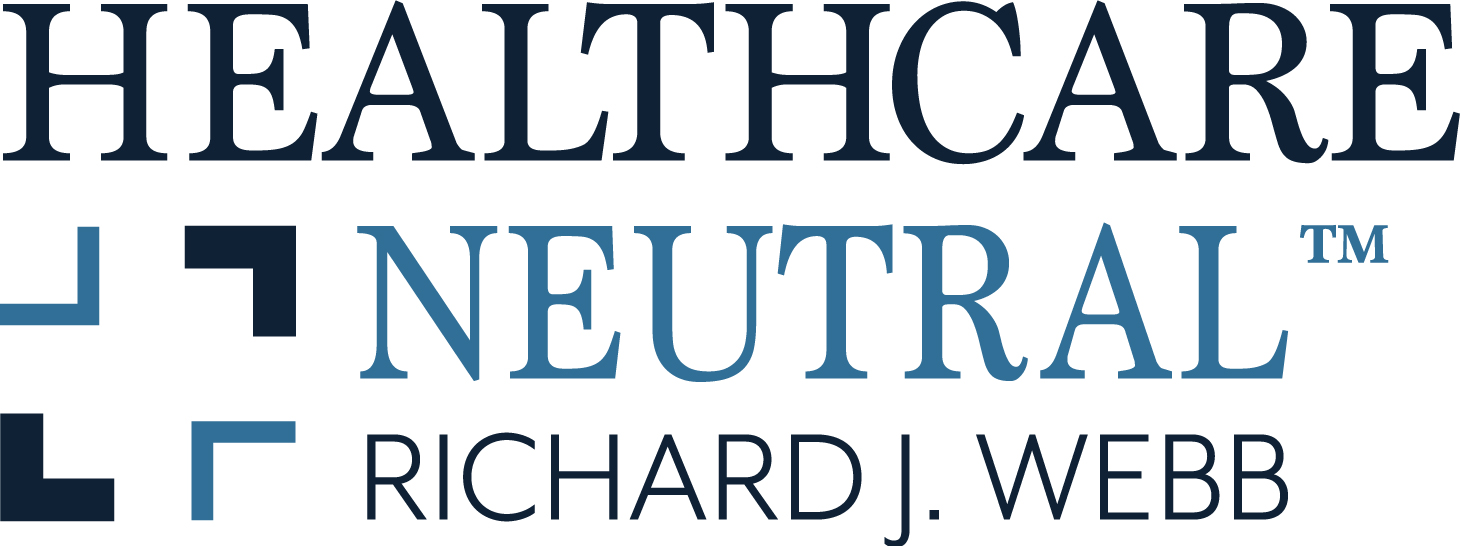Changes In Legal Practice And The Use Of ADR
February 23, 2010
In case you haven\’t noticed, the law business – the way law is practiced – has been changing at a rate uncharacteristic of the profession. Financial pressure from the economic downturn is a major contributor to this development. But change was afoot long before the subprime meltdown and stock market nosedive. The viability of the “big law” pyramid model for most purchasers of legal services has been questioned since the starting salaries of newly minted associates crossed into six figures, but only with the disappearance of easy money has awareness of the issue entered the mainstream.
I am writing about this here because of a fundamental premise of my decision to pursue a career in ADR: that the resolution of most business disputes through litigation waged by opposing traditional model law firms is not an economically viable option for the healthcare industry. By “traditional model law firms” I mean firms organized under a pyramid structure, deploying all resources available to every aspect of litigating a dispute, and billing on the basis of hourly rates. Instead, I see a growing role for solos, practice groups and firms with no “leverage” imperative, an acceptance of alternatives to hourly rate billing, and a focus on the value of specific tactics rather than an automatic adherence to the traditional litigation roadmap.
For some time, I have been following the ideas on these and related topics advanced by the bloggers linked on the left side bar of this post under the heading “Recommended Legal Practice Blogs.” They each have a unique focus and style, but all are worth a look. Patrick Lamb at In Search Of Perfect Client Service and Dan Hull at What About Paris? (f/k/a What About Clients?) are consistent voices for a new, client centered approach to legal practice emphasizing service and value. I find myself agreeing with almost everything they say. Which brings me to the point of this post.
Even among the most forward thinking voices in the legal blogosphere, the potentially expanded role of ADR in carrying out the lawyer\’s goals of improving client service and maximizing value is not given the attention it deserves. Almost all litigated cases are settled. The business of law is much more about settling disputes than it is about litigating cases. Yet most lawyers see it the other way around. Early case evaluations, pre-claim mediation, ad hoc arbitration and success fees tied to settlement (and litigation cost savings) need to be pursued along with the more commonly deployed pre-trial mediation. Indeed, I would expect this initiative to be at the very core of a value based approach to legal practice.
Since entering the ADR field, I have wondered about the inherent conflict between the interests of the lawyer engaged on an hourly fee basis and the interests of the client in achieving the most economically efficient result. Conventional wisdom says that a good (and smart) lawyer will always forsake the opportunity to earn a larger fee in favor of achieving the best economic result for the client – because a well served client will be back for the next case and sing your praises to others. Unfortunately, I\’m not sure this maxim is followed as often as we might think. It is not that most lawyers are consciously calculating their own benefit to the detriment of their clients. Instead, most lawyers are simply thinking in the way they were trained, and in the way they are encouraged to think by the traditional legal model they work within.
Most lawyers operating in the traditional legal model are like most doctors practicing in a traditional, healthcare setting with fully insured patients. When a patient presents with a complaint, the doctor deploys whatever resources are at his or her disposal to diagnose and cure the problem. Whether it is consultations with specialists, diagnostic tests and procedures, medications, surgeries or other therapies, the limits of modern medicine are the only constraint. For lawyers, depositions are like CAT Scans. It seems you can never be faulted for doing one too many.
But just as doctors have come to see the economic erosion of their traditional model of practice, so must lawyers embrace what Patrick Lamb, Dan Hull and others have been saying for years now. I\’m just suggesting that the proactive use of ADR should be a bigger part of that story.
[Image: Change, by Felix Burton, May 17, 2005]

